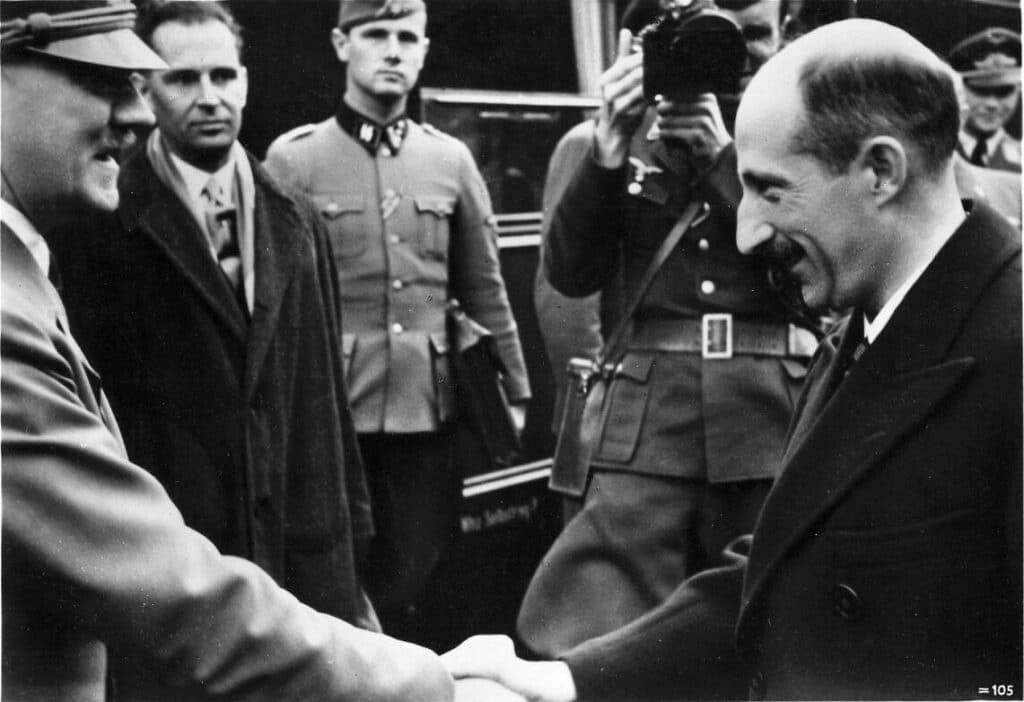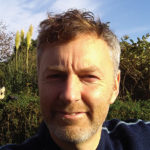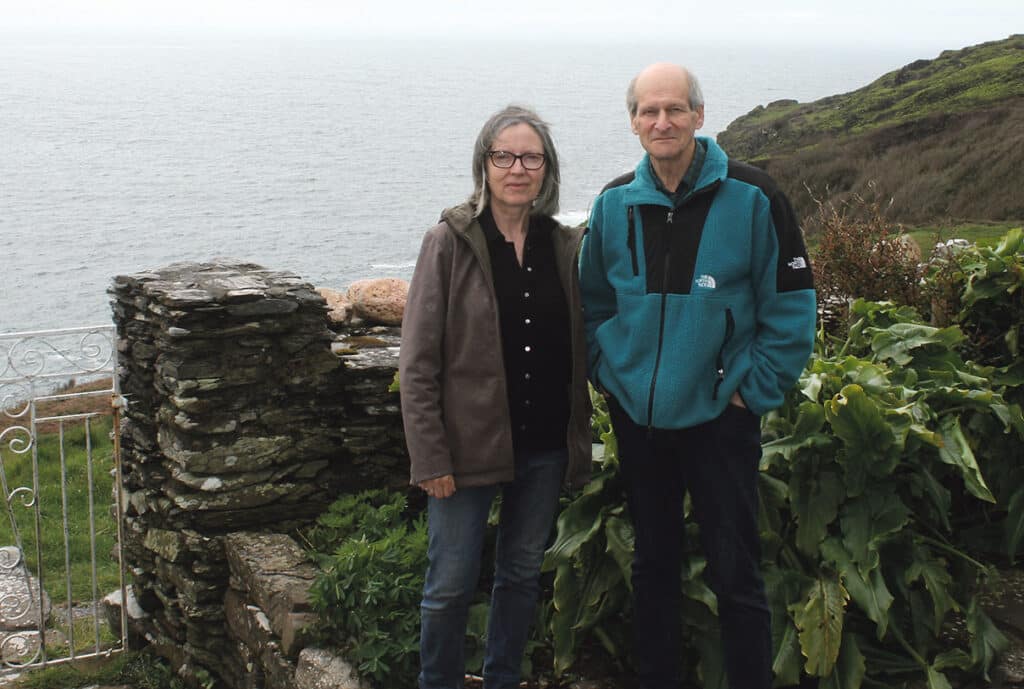
During Easter, I had the good fortune to spend some time in Sofia, which one can access directly from Dublin. It lays claim to being the site of one of the oldest settlements in Europe, dating back 7000 years, but the city of Sofia claims the more modest date of 680 AD as its birthdate. For any history enthusiast strolling in the beautifully wide and tranquil streets, you can find yourself on old Roman pavements, spotting the minaret of the Banya Bashi mosque, being bemused by vast amounts of eye-catching eastern orthodox churches, and awestruck by the many behemoth communist buildings that were a statement of their era. Throw into the pot a synagogue, catholic church, and many modern shops and cafes, and you’ll find a city worth discovering.
Like all old settlements, you can see different layers of the city as you dig down. Cork City’s Peace Park has elements of the old medieval city wall. Dublin found elements of Viking settlement at Wood Quay. But Sofia can boast of Serdica, an old Roman city. Metro excavations led to the discovery of an impressive footprint of roads, colonnades, foundations of houses that were using underground heating systems and advanced sewers from the Roman period. One can stroll around them at will. A layer up on the same site lies a stone church dating from the fourteenth century; and literally looking up from that spot you’ll see one of the many 20th century communist statement buildings, focused more on size than style.
Bulgaria, like its neighbouring eastern countries, found itself behind the Iron Curtain and a puppet of the Soviet Union until the communist party, and long ruling leader Zhivkov, were overthrown in 1989, a day after the Berlin Wall was torn down.
Communism took hold in 1945 with the arrival of the victorious Soviet Red Army. It had been fertilised back in the 1920s by the local communist party led by Dimitrov (who would become the country’s first communist premier in 1945) and encouraged by the Soviets who were bent on international overthrow of global capitalism and class society. In a country where 80 per cent of the population were poor peasants, such ideology, in its naked form, should have taken hold; but the population didn’t have a political consciousness and thousands of years of deference to their overlords meant the communist party couldn’t build a power base at that time.
The post WWII communist architecture in Sofia city centre is impressive by the sheer scale and ambition of the buildings. Their aim was to create imposing symbols of power. You must imagine they were telling their people that the communist party was here to stay and was a match for anyone. The party house (BKP Bulgarian Communist Party) dominated the skyline with its lofty spire that once held a red communist star. It has been repurposed as the parliament with the Bulgarian flag now at the top. Former communist ministries have also found new lives, such as the residency of the presidency. If you enter a hidden courtyard at the rear of the presidential palace, you’ll find Sofia’s oldest standing church, the fourth century Saint George Rotunda. Because one of the principles of communism was the suppression of opposing ideologies, which included religion, the massive buildings literally hid this church from plain sight. It was a regime that wanted only to look forward, not back.
New symbols from the 21st century are also present. On a towering pillar, sits a new statue of saint Sophia, replacing the former statue of Lenin that perched there until as late as 2001.
Some of the icons and monuments that glorified the Red Army ‘liberation’ have been decommissioned, but in the paradox that is Bulgaria, many remain intact around the country. Indeed, there still is a statue of Lenin in the village of Novgrad. There are also many monuments to Soviet heroes and soldiers. One, an 18-metre-high monument to a Red Army solider in the square in Burgas, remains unmolested. Others like the 10-metre granite Soviet soldier in Plovdiv was wrapped up in a red cloak and face-masked with a black handkerchief in 2013. Such monuments continue to divide opinion; in support of Ukraine, the residents of Sofia woke up to find a Red Army monument in Sophia painted in blue and yellow (the colous of the Ukrainian flag). Other city residents responded by cleaning it in a statement of Russian support. Similar ‘vandalism’ has happened before, for different political causes and as a protest to the existence of these monuments.
There are less obvious but nevertheless symbolic Soviet statues of working men and women in heroic poses and women holding children in towns and villages across the country. They propagate an image of a people who gave their all for the socialist project. Their presence reflects the tapestry of Bulgarian communist history but is also a painful reminder to those who suffered terribly because of the regime, including political dissidents and undesirables or critics of the ruling party interned at labour camps.
There is a group, ‘Sofia 365’, that offers a free tour around the centre of Sofia. Naturally we are delighted to go. It lasts two hours and the guide’s boast is that they run 365 days a year, hence the name. Now I’m just an Irish guy on holiday with some interest in history but I can’t relax with the tour guide’s presentation. It’s not in my nature anyway because, as I teach my students, the first thing to do when someone tells you something is query it. Our tour guide, articulate, charming and invested, offers a history that for me is not interrogating the facts. He smiles and tells the group, comprised of tourists from four continents, to feel free to ask questions. There are many. Nearly all from myself. He is clearly knowledgeable but I’m uncomfortable with how he sells Bulgaria as a victim of the Nazis, rather than as collaborators. For those who may not know, the Bulgarian state was an ally of Germany in World War II. On questioning our guide claims it was a matter of ‘survival’ and that no Bulgarian fought for the Axis powers. He tells me the Allies bombed Sophia, so I ask him why they would target a civilian city, especially if the Bulgarians didn’t fight like he maintains? He concedes some ground, saying that they supported the Nazis ‘economically and tactically’, allowing troops ‘access Greece via Bulgarian territory’; but that is all he concedes. Later I read that the Bulgarian army, with the blessing of the Nazis, invaded parts of Greece and Yugoslavia. (but technically not alongside Nazis, thus allowing our guide to mislead us into thinking they were not active invading combatants.) He says their king, Boris the Third, was put under pressure to send 20,000 Jews to concentration camps but deliberately procrastinated for months. Instead, Boris had their land confiscated and sent them to labour camps, but this was a ‘ploy’ by Boris to resist Hitler. Yet Boris eventually ‘ran out of time’ and rounded up the city’s Jews, who were marched en masse to the train station. It took the brave interjection of an eastern orthodox bishop, who stood up (with the support of other people in Sofia), to stop the trains from leaving. I later research that dear Boris was complicit in the round up and indeed fired a minister who tried to stop the deportation. Our guide does concede that 11,000 Jews were deported but from parts of Bulgaria that are no longer in the modern state of Bulgaria, as if that is some sort of exoneration. I later find figures that suggest an even higher number. Furthermore, 95 per cent of Jews left for Israel in 1947 when the new Jewish state was formed. “It was fear of the communists”, our guide tells the group. Perhaps. The Soviets suppressed religion for sure but I’m thinking – 95 per cent is a massive proportion! Maybe they remembered the close shave they had with the last regime too? Our guide won’t be deflated; his friend, King Boris, had stood up to the Bulgarian communist party in the 1920s, he informs us zestfully. We were not informed by our guide that Boris eventually targeted all the other parties too, becoming a dictator in 1935. Democracy how are ya?
Our guide had given two hours of his free time (and in fairness was rewarded with great tips – rightfully so). He had been genial and had had a great number of facts. The trouble was his presentation of them. What worries me is that this organisation, ‘Sofia 365’, can give an uncontested picture to their visitors. For me, the tour had this narrative for a purpose. History is fascinating and dangerous in equal measure. In this organisation’s position the tour must be handled with care. I’m sure most people in our group just accepted it. Why wouldn’t you when a local explains their history? But history nearly always has an angle. I thanked him from his time and challenged him privately about a few political issues pertaining to the communist regime. He lost patience, telling me that his family (his grandparents’ generation) were killed by the communist regime, leaving me abruptly alone in the square. Sadness enveloped me – for the young man’s family and his own emotional attachment. But finally, the unspoken question had been answered. What is ‘your’ angle? In a country that is in turmoil about how to deal with its communist past there is a battle for hearts and minds. It is understandable and natural. But history can be a dangerous tool if it isn’t transparent.



